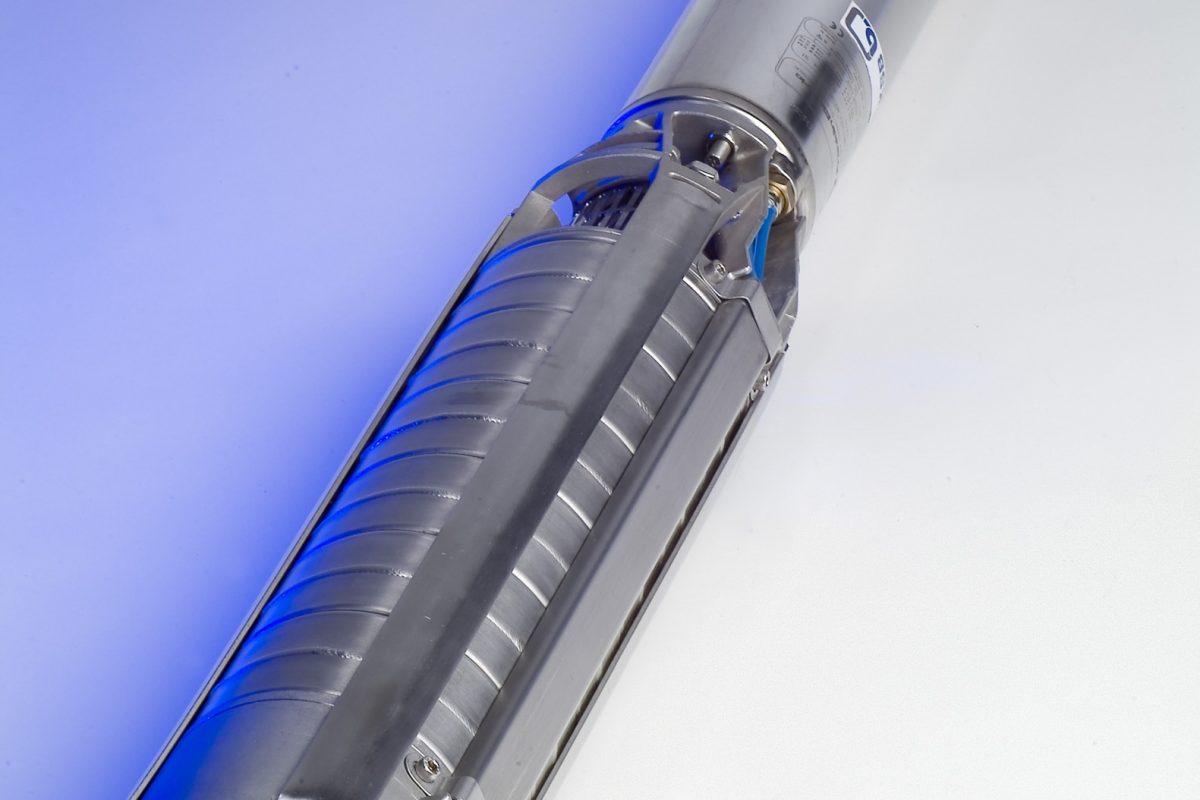There are many companies and contractors in Kenya dealing with Borehole submersible pumps, however one has to be very careful while choosing for Borehole submersible pumps.
Aren’t Pumps sized by Kilowatt/Horsepower?
Don’t fall into the trap of thinking you need a certain horsepower of pump. In the pump industry we typically designate pumps by both the flow rate and horsepower required. Another, more precise, way to designate a pump is by what is called the “design point” of the pump. The design point includes the flow rate needed and the amount of pressure (head) that the pump needs to produce. When specifying the correct pump, it is more important to specify the amount of pressure and flow required than the horsepower required for the motor. Some pumps may be extremely efficient and be able to provide the flow and pressure with less power and thus require a lower horsepower motor than their cheaper competitors. While a more efficient pump may cost more, remember that it is working for several hours each day.
Basic Design Point Calculation.
As we just mentioned, the design point for a submersible borehole pump is the combination of how much pressure the pump needs to provide and the quantity of water the pump is expected to supply at that pressure. It is important to understand the difference between flow and pressure because they are distinctly different aspects of fluid dynamics.
Flow has to do with the amount, or quantity of water that flows in a given period of time. In the US this is typically measured in Gallons per Minute (GPM). If your borehole can produce 1.000 gallons per minute, that simply means that 1,000 gallons of water are available for extraction from your borehole every 60 seconds. That is 1,000*3.785=3785 Liters in a minute, meaning the borehole has 45.48 cubic meter per hour.
Pressure has to do with how much force the water exerts because of the effects of gravity and is measured in units of pressure. Your water pressure, just like tire pressure, is measured in Pounds per Square Inch (PSI) in the US. When working with water in our industry we often convert the pressure to a unit call ‘head’. Water head pressure simply means that we are talking about a unit of pressure that has units that are measured in feet of vertical water column. The higher the column of water, the more pressure there will be! 1 PSI = 2.31 ft of head. This means that a pipe, tank or any other container of water that has 2.31 ft of water in it will exert a pressure of 1 PSI at the bottom of that pipe, tank, etc… Believe it or not, it doesn’t make any difference how big around the pipe, tank or container are; the only factor that influenced the amount of pressure is the height of the water in the pipe, tank or container!
The following are steps in choosing The best Borehole submersible pumps in Kenya:
- Have a test pumbing report for the borehole
- Get a quotation from the Company/Contractor which includes the following:
- Pumping head for the borehole including the height of the tank
- The yield of the borehole I.E The yield given in the quotation ought to be 75% of that in the test pumbing report
- The size of the draw pipes in the quotation ought to merge with the size outlet of the pump in order to avoid use of unnecessary reducers.
- All the named steps in step two above should be done by an expert
View video for this product and more here

